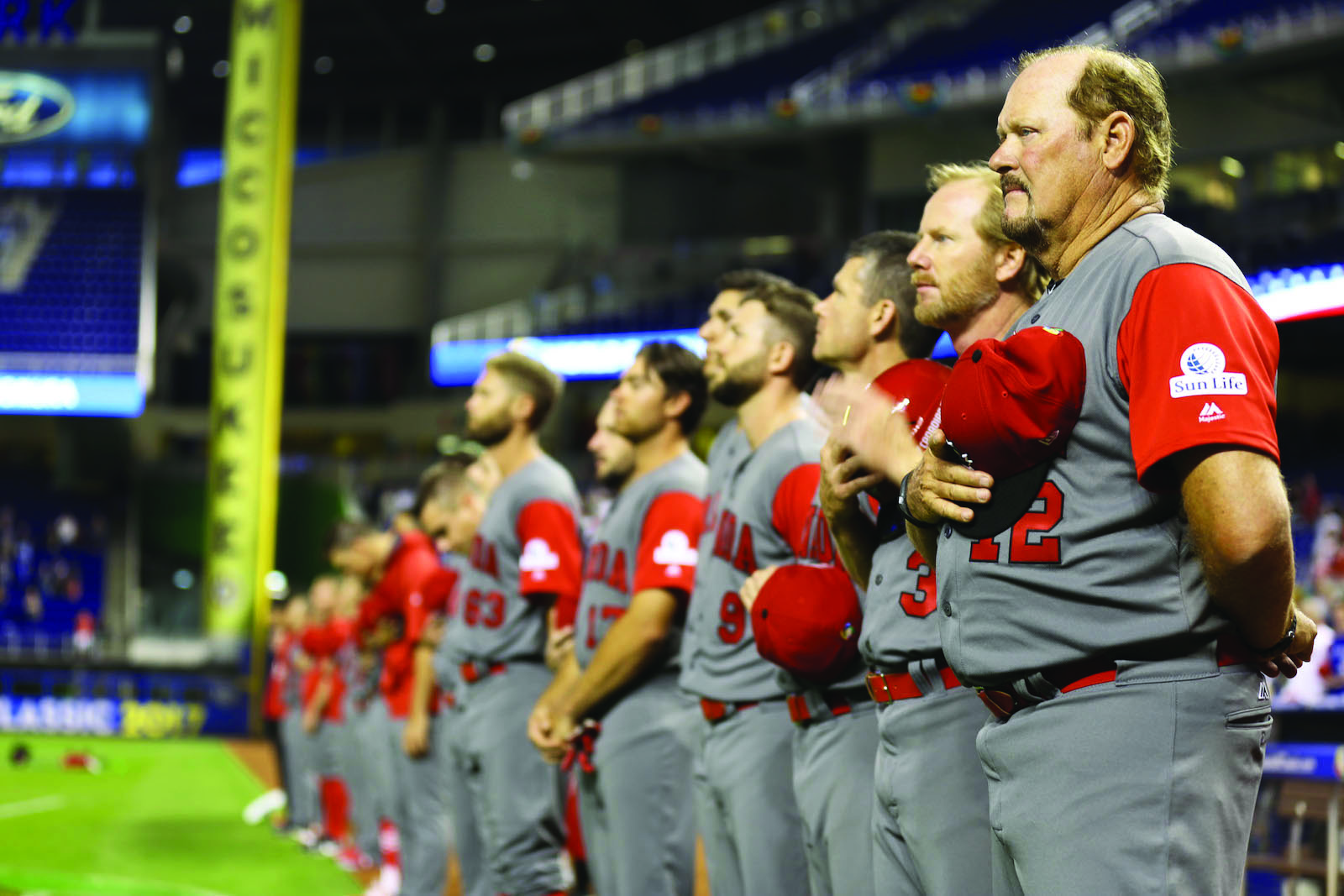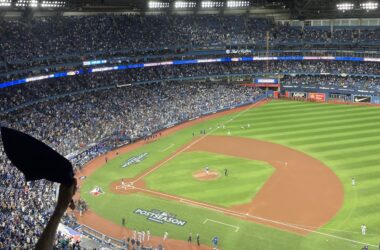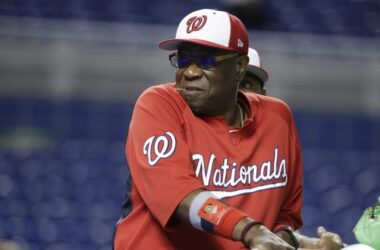For Canadian hockey players, wearing the Maple Leaf is one of the highest honours in sports. For the chosen men and women, it signifies that he or she is among the world’s best. Unlike league play, representing one’s country is a patriotic duty, demonstrating pride in unparalleled ways.
While hockey is still quintessentially Canadian, multiculturalism has brought other sports into the Canadian athletic picture. The recent successes of Toronto’s pro sports teams and their growth in popularity across the country—including the notable “We The North” Toronto Raptors campaign—have made it abundantly clear: Canadians love other sports, too. However, while the Canadian men’s and women’s hockey team never struggle to get their top athletes to suit up, the nations other teams unfortunately struggle to bring top-talent and inspire the next generation of players.
Most recently, the Canadian national baseball team competed in the quadrennial World Baseball Classic (WBC), in a prime example of this struggle. Though Canada has produced all-star calibre baseball players, the country’s WBC roster certainly has not shown it.
“For us to compete at this level, we have to have all of our professional players,” Team Canada Manager Ernie Whitt said after the team was eliminated from the WBC on March 19. “We can’t put our roster up against teams like the Dominican and the United States if we don’t have all of our big league players.”
Admittedly, Canada was placed in a tough group—with games against the Dominican Republic, the United States, and Colombia—but their relatively weak roster and lack of quality pitching didn’t give them much of a chance to advance. Canada lost 9-2, 4-1, and 8-0 in their three first round games.
While the United States also struggles to put its best athletes forward, it’s the Caribbean and Latin American countries that have really taken to the WBC, putting together powerhouse rosters with their nations’ stars. Unlike the United States who can still compete with second-tier athletes, Canada needs their top athletes to be a threat. The absence of MLB All-Star Joey Votto and Phillies’ outfielder Michael Saunders, who chose to stay home to prepare for the upcoming MLB season, hamstrung Canadian baseball. Although these players’ priorities have certainly disappointed Canadian baseball fans, their decisions aren’t unprecedented in Canadian sports.
On the Canadian men’s basketball team, 2015 NBA rookie of the year Andrew Wiggins cited similar reasons for withdrawing from Team Canada’s FIBA Olympic qualifiers. The Cavaliers’ big man Tristan Thompson, too, was unable to attend the tournament as he and his agent worked through lengthy contract negotiations last summer. While it’s certainly important for Canadians to compete in professional sports at the highest level, international sports have a unique role in inspiring the next generation of Canadian talent—just ask members of the Canadian Women’s Soccer Team. Though most of these women have impressive careers in the National Women’s Soccer League, it was their Olympic Games performances in 2012 and 2016 that turned players like Christine Sinclair into household names.
If Canada wants to become a sports powerhouse, its top athletes need to play a part and compete on the pitch, hardwood, or diamond. As long as players like Votto and Wiggins choose to stay home, Canadian teams–aside from hockey, rugby and lacrosse–will never be able to establish themselves as serious competitors on the world stage. Canada has proven its hockey dominance—now it’s time to show that it isn’t a one trick pony.








